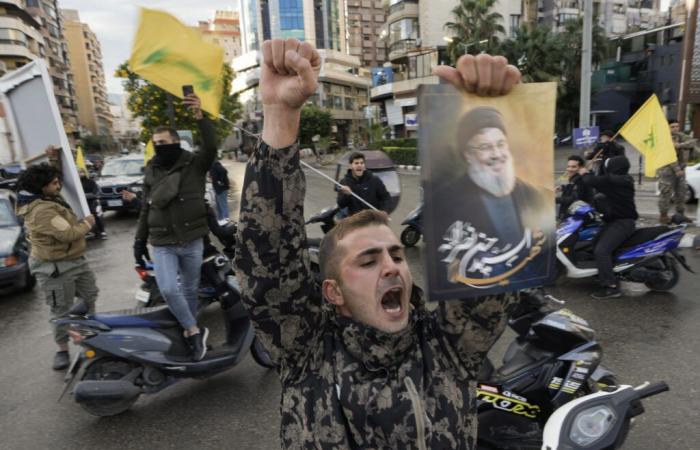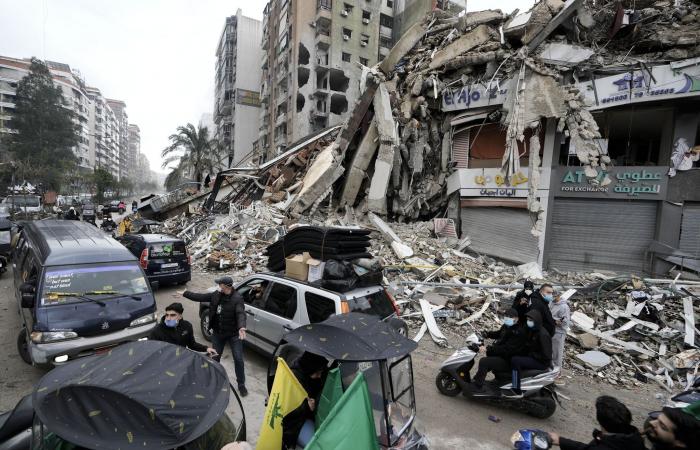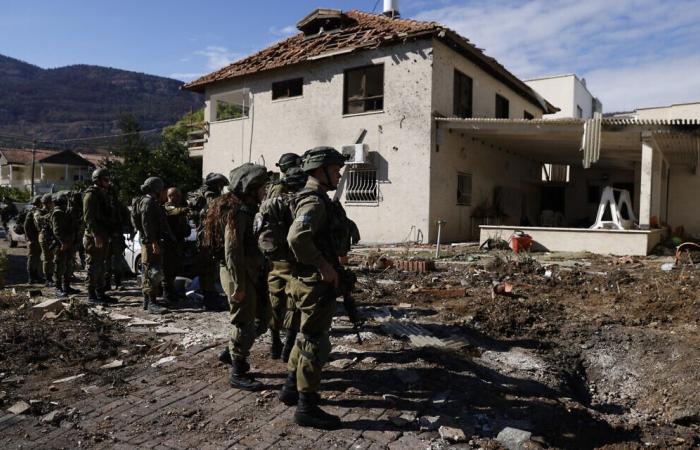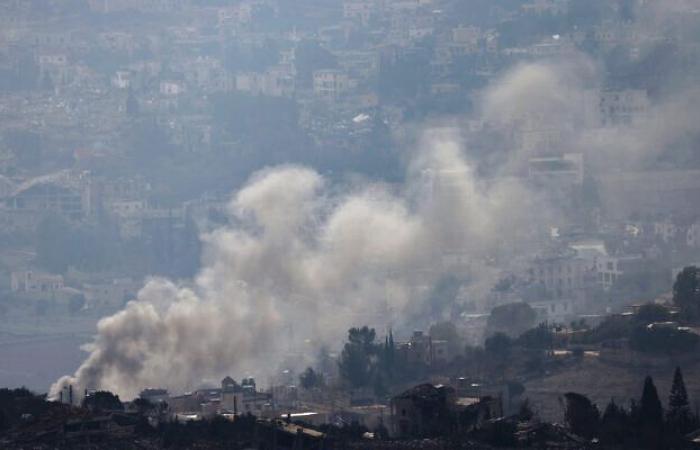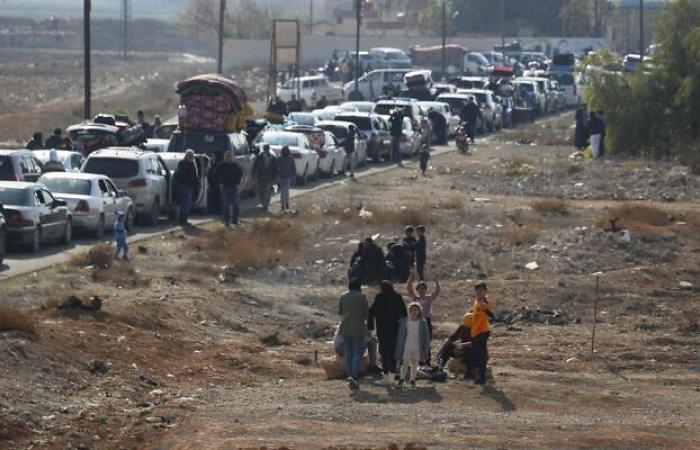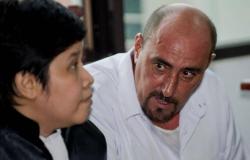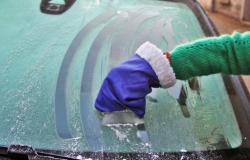As the ceasefire between Israel and Hezbollah appeared to be holding, the Israeli army on Friday morning released a summary of its activities against the Lebanon-based terrorist group during the past 14 months of war.
According to information provided by the IDF, the Israeli army has struck more than 12,500 Hezbollah targets, including 1,600 command centers and a thousand weapons caches, since the terrorist group launched its first almost daily attacks against Israeli communities and military posts located along the border, October 8, 2023.
The army said that 14 of its operational units had taken an active part in the ground offensive launched in September and that more than a hundred special operations had been carried out elsewhere.
Receive our daily edition for free by email so you don’t miss the best news. Free registration!
It confirmed, with a high degree of certainty, the death of 2,500 members of Hezbollah, estimating the actual number of victims at nearly 3,500. Around a hundred members of other terrorist organizations were also killed in Lebanon.
According to unverified figures published by the Lebanese Ministry of Health and which do not I distinguish between civilians and armed men, 3,823 people have been killed by the Israeli army since October 8, 2023.
According to sources close to Hezbollah, the terrorist organization estimates the number of its members killed by Israel over the last fourteen months – and especially over the last two months – at 4,000, due to the intensification of fighting. These same sources report internal estimates unpublished to date.
This figure could be a sign of a relatively low number of uninvolved casualties, in contrast to the high number of civilian casualties claimed by Gaza.
The list of victims includes the former leader of Hezbollah, Hassan Nasrallah, as well as 13 members of the senior leadership of the terrorist organization, four Hezbollah commanders at the division level, 24 at the brigade level, 27 at the battalion level. , 63 from companies and 22 from platoons.
The Israeli army also claimed the confiscation of nearly 12,000 explosive devices and drones, 13,000 rockets, anti-tank and anti-aircraft missile launchers and systems and finally 121,000 communications equipment and computers.
A man looks around his neighborhood while cleaning debris and rubble from an apartment in the southern suburbs of Beirut, November 27, 2024. (Credit: AFP)
The ceasefire agreement announced Tuesday evening ended 14 months of conflict between Israel and Hezbollah, which began when the Iran-backed terrorist group, unprovoked, began shooting at Israel on October 8, 2023, officially as a gesture of solidarity with the Palestinians in Gaza. Its relentless attacks have forced nearly 60,000 residents of northern Israel to evacuate.
Israel responded with airstrikes and the conflict escalated for nearly a year before Israel intensified its operations in Lebanon in mid-September and eventually launched a ground operation in Lebanese territory that resulted in dismantle much of the terrorist organization’s infrastructure throughout southern Lebanon.
The offensive was launched with the aim of allowing the 60,000 evacuees to return to their homes in northern Israel: the decision to evacuate had been taken due to Hezbollah attacks and fears that it would lead an attack similar to that of Hamas on southern Israel which cost 1,200 lives and left 251 hostages in Gaza.
Since October 2023, Hezbollah attacks against Israel have caused the deaths of 45 civilians, with an additional 76 IDF soldiers and reservists killed during cross-border skirmishes, attacks on Israel or the subsequent ground operation in southern Lebanon, end of September.
Displaced residents, some carrying a Hezbollah flag, returning to Dahiyeh, Beirut, Lebanon, after a ceasefire between Israel and Hezbollah took effect on November 27, 2024. (Bilal Hussein/AP)
According to information from Army Radio, citing official figures, on the Israeli side, nearly 3,000 houses and buildings were damaged by Hezbollah attacks in the same period. More precisely, among the 2,874 structures mentioned by the radio, 841 of them will have to be completely rebuilt. Thus, in Kiryat Shmona, 382 buildings were damaged and the neighboring kibbutz of Manara, not forgetting Nahariya and Shlomi, in the western Galilee, were also hit hard.
Israeli authorities had previously estimated the material damage at at least 1 billion shekels.
In northern Israel and the Golan Heights, nearly 22,300 hectares of forests, nature reserves, parks and deserted areas have been burned since the start of the war, authorities estimate.
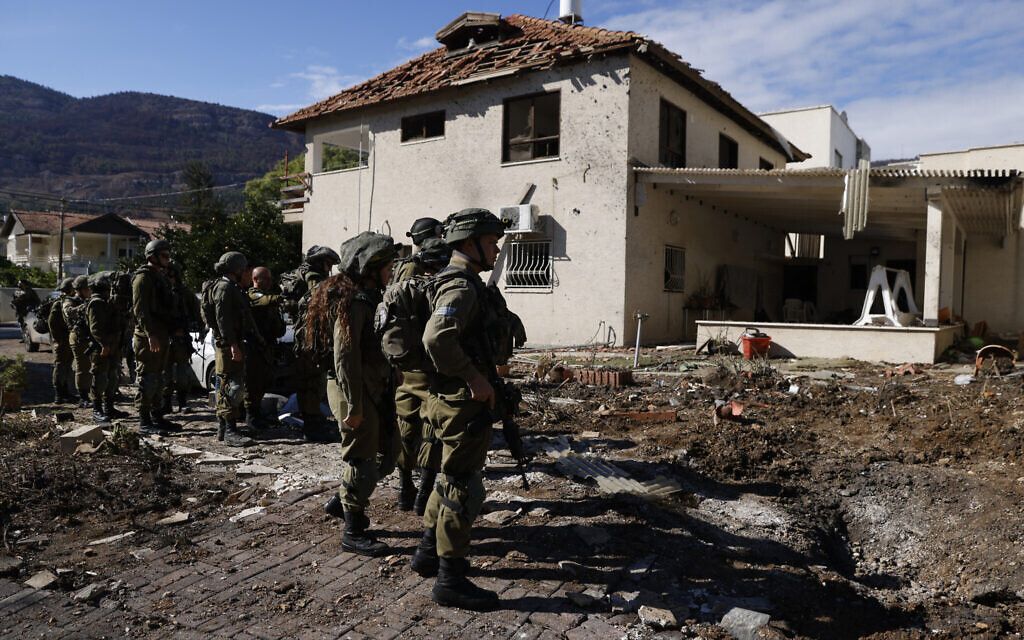
IDF soldiers stand in front of a house hit by rockets fired by Hezbollah from Lebanon, in the northern Israeli border town of Kiryat Shmona, November 26, 2024. (Jalaa MAREY / AFP)
The ceasefire continues to hold despite incidents that Israel and Hezbollah say violate the terms of the agreement. Members of Israeli security circles estimate the risk of a resumption of war in Lebanon at 50%, explains the Ynet news site.
According to this source, this would explain why the government has not yet invited the tens of thousands of residents evacuated from the northern sector to return home.
“The clearer the rules and their conditions of application are, from the outset, the more they last over time,” said an IDF officer quoted by the media on condition of anonymity.
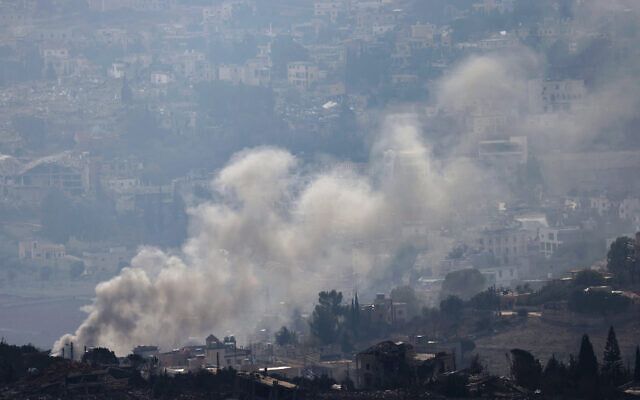
Photo taken from a position in northern Israel, on the border with Lebanon, with a column of smoke rising above Meiss El-Jabal, November 28, 2024. (Jalaa Marey / AFP)
The truce, brokered by the United States and France, includes an initial two-month ceasefire during which Hezbollah terrorists must retreat north of the Litani River, about 20 kilometers from Israel’s border. and Lebanon, and the IDF return to its side of the border. The buffer zone will be subject to patrols by Lebanese soldiers and UN peacekeepers.
Israeli authorities have indicated that the army will gradually withdraw in order to guarantee the implementation of the agreement but that they reserve the right to strike Hezbollah if it violates the terms of the truce.
A member of the Lebanese military authorities said Thursday that the Lebanese army would gradually deploy in the south as the Israeli army withdraws. This source spoke on condition of anonymity because he was not authorized to brief the media.
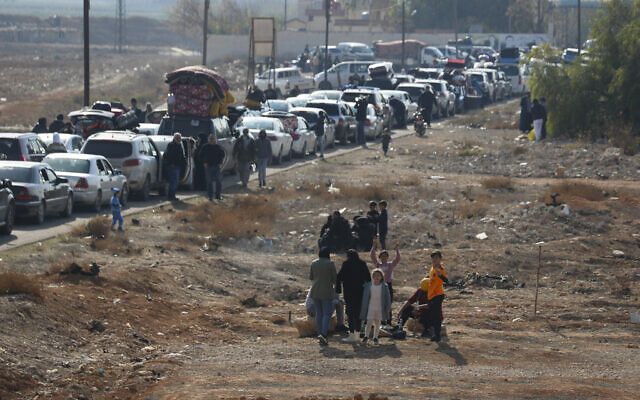
Lebanese families sit amid traffic as they return to Lebanon through the Jousieh border crossing, Syria, Thursday, November 28, 2024, following the ceasefire concluded between Israel and Hezbollah, which came into force the day before. (Credit: AP/Omar Sanadiki)
According to recent figures released by the UN, citing Lebanese government data, more than 1.4 million people, or nearly a quarter of the Lebanese population, are internally displaced or displaced. fled to neighboring countries.
Thousands of displaced Lebanese civilians began returning home on Wednesday, despite warnings from the Lebanese and Israeli armies to stay away from certain areas and wait for the Israeli army to withdraw in the coming weeks. .
On Friday morning, the Israeli army’s Arabic-language spokesperson, Colonel Avichay Adraee, told the Lebanese that, until further notice, they could not go anywhere in the south, especially not to the level of ‘a line of villages and their surroundings.
“Those who find themselves south of this line will be exposed to danger,” Adraee explained in a message broadcast on , at this stage, to return home, until further notice. »

